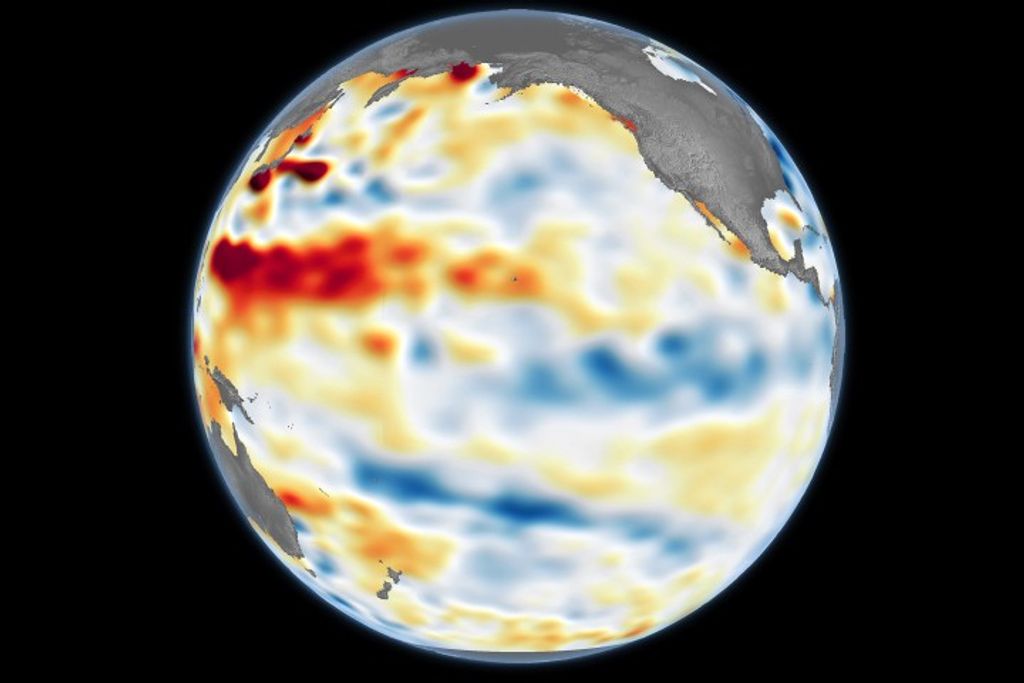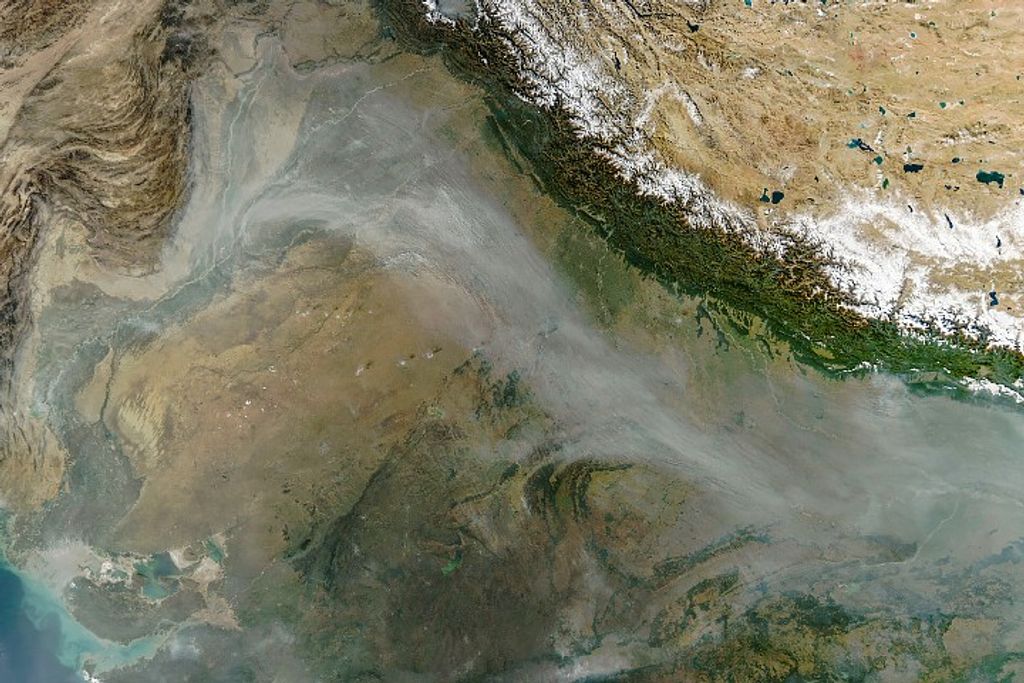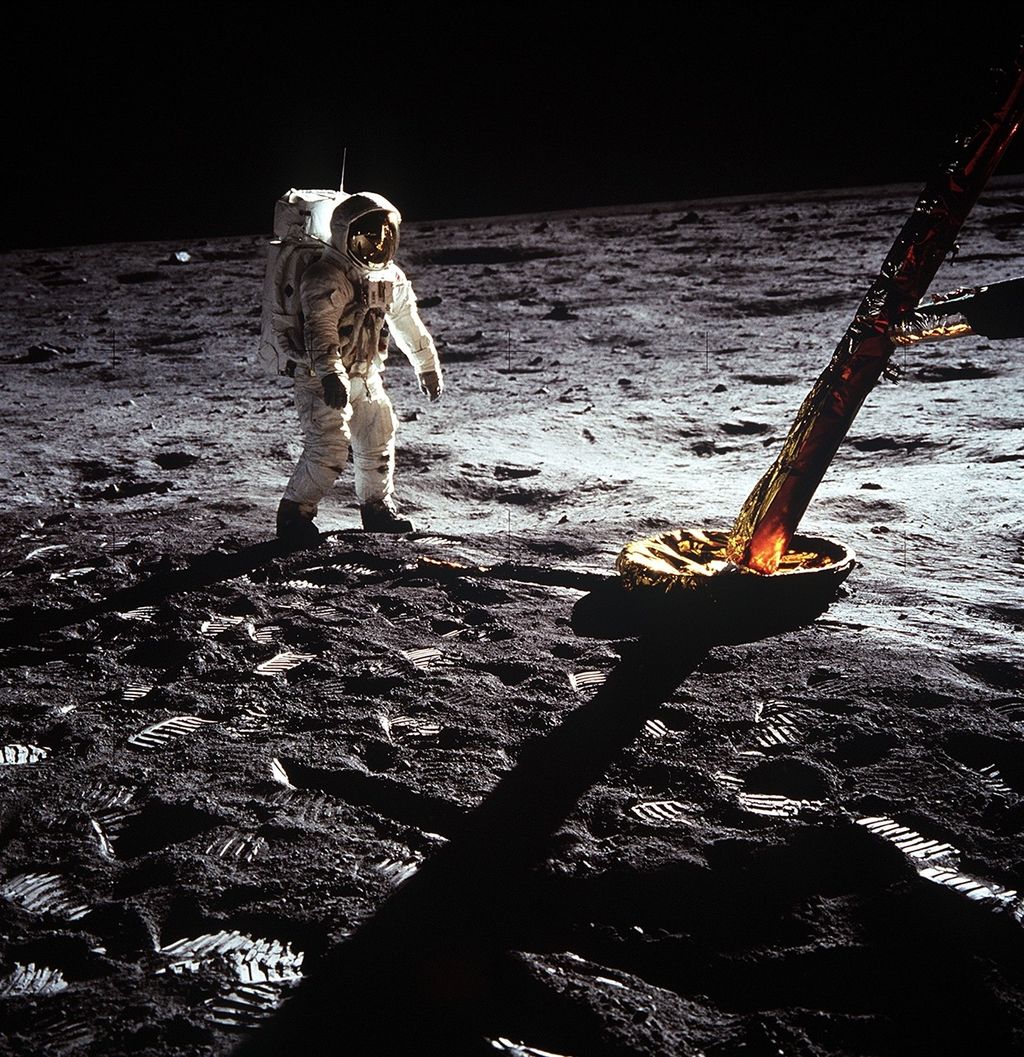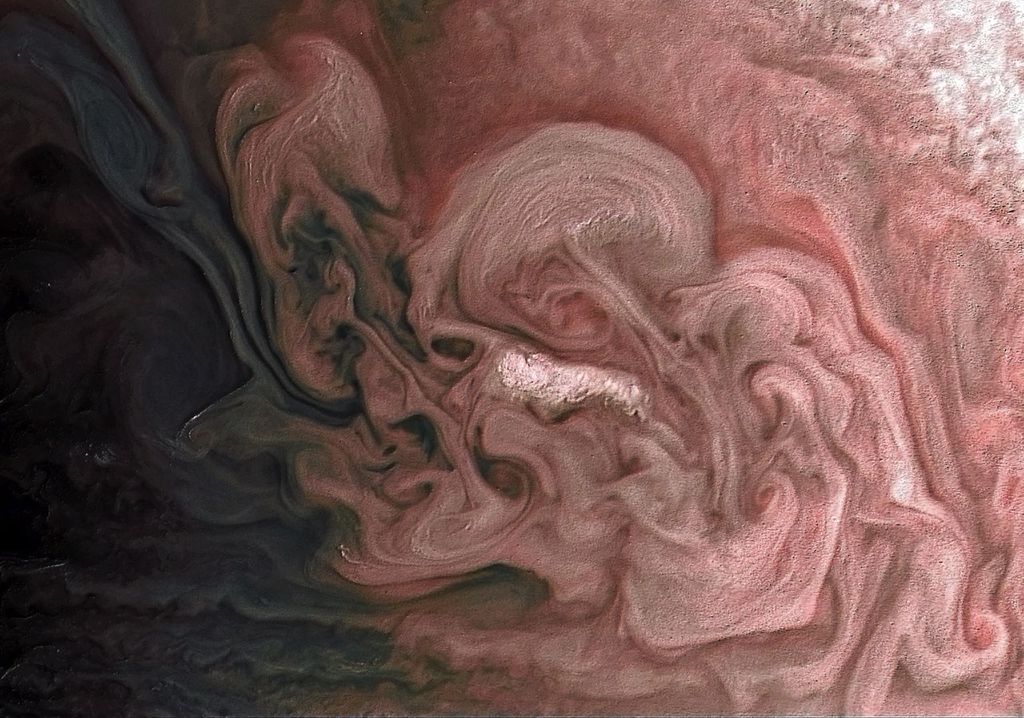1 min read
Hubble Measures Atmospheric Structure of Extrasolar Planet HD 209458b

About the Object
- R.A. PositionR.A. PositionRight ascension – analogous to longitude – is one component of an object's position.22h 03m 10s.80
- Dec. PositionDec. PositionDeclination – analogous to latitude – is one component of an object's position.+18° 53' 4".0
- ConstellationConstellationOne of 88 recognized regions of the celestial sphere in which the object appears.Pegasus
- DistanceDistanceThe physical distance from Earth to the astronomical object. Distances within our solar system are usually measured in Astronomical Units (AU). Distances between stars are usually measured in light-years. Interstellar distances can also be measured in parsecs.Approximately 150 light-years (46 parsecs)
About the Data
- Data DescriptionData DescriptionProposal: A description of the observations, their scientific justification, and the links to the data available in the science archive.
Science Team: The astronomers who planned the observations and analyzed the data. "PI" refers to the Principal Investigator.The Hubble image was created from HST data from proposal 10145: A. Vidal-Madjar, A. Lecavelier des Etangs, and J.-M. Desert (CNRS, Institute d'Astrophysique de Paris), G. Ballester (University of Arizona), J. Walsh (Space Telescope - European Coordinating Facility), D. Ehrenreich, G. Hebrard, and R. Ferlet (CNRS, Institute d'Astrophysique de Paris), J. Mcconnell (York University), M. Mayor (Observatoire de Geneve), C. Parkinson (California Institute of Technology); and proposal 9447: D. Charbonneau (Harvard University), J.-L. Bertaux (Service d'Aeronomie du Centre National de la Recherche Scientifique), T. Brown (University Corporation for Atmospheric Research), R. Gilliland (STScI), and R. Noyes (Harvard-Smithsonian Center for Astrophysics). The science team comprises: G. Ballester (University of Arizona), D. Sing (University of Arizona/Institute d'Astrophysique de Paris), and F. Herbert (Institute d'Astrophysique de Paris). - InstrumentInstrumentThe science instrument used to produce the data.HST>STIS, HST>ACS/HRC, and HST>ACS/SBC
- Exposure DatesExposure DatesThe date(s) that the telescope made its observations and the total exposure time.May - July, 2003 (STIS) and May - July, 2005 (ACS)
- FiltersFiltersThe camera filters that were used in the science observations.STIS: G430L, G750L ACS: PR110L, PR200L, F115LP, F220W, F344N, F250W, and F330W
- Object NameObject NameA name or catalog number that astronomers use to identify an astronomical object.HD 209458b
- Object DescriptionObject DescriptionThe type of astronomical object.Extrasolar Planet
- Release DateJanuary 31, 2007
- Science ReleaseHubble Probes Layer-cake Structure of Alien World’s Atmosphere
- Credit
Related Images & Videos

Puffed-up Atmosphere of a Star-hugging Gas Giant Planet
This artist's illustration shows an extrasolar planet orbiting very close to its host star. The planet designated HD 209458b, is about the size of Jupiter. Unlike Jupiter, the planet is so hot that its atmosphere is "puffed up." Starlight is heating the planet's atmosphere,...

Hubble Measures Atmospheric Structure of Extrasolar Planet Hd 209458b
This artist's illustration shows the layer-cake structure of the atmopshere of extrasolar planet HD 209458b. Hubble discovered a dense upper layer of hot hydrogen gas where the super-hot planet's atmosphere is bleeding off into space.
Share
Details
Last Updated
Aug 17, 2025
Contact
Media
Claire Andreoli
NASA’s Goddard Space Flight Center
Greenbelt, Maryland
claire.andreoli@nasa.gov






























